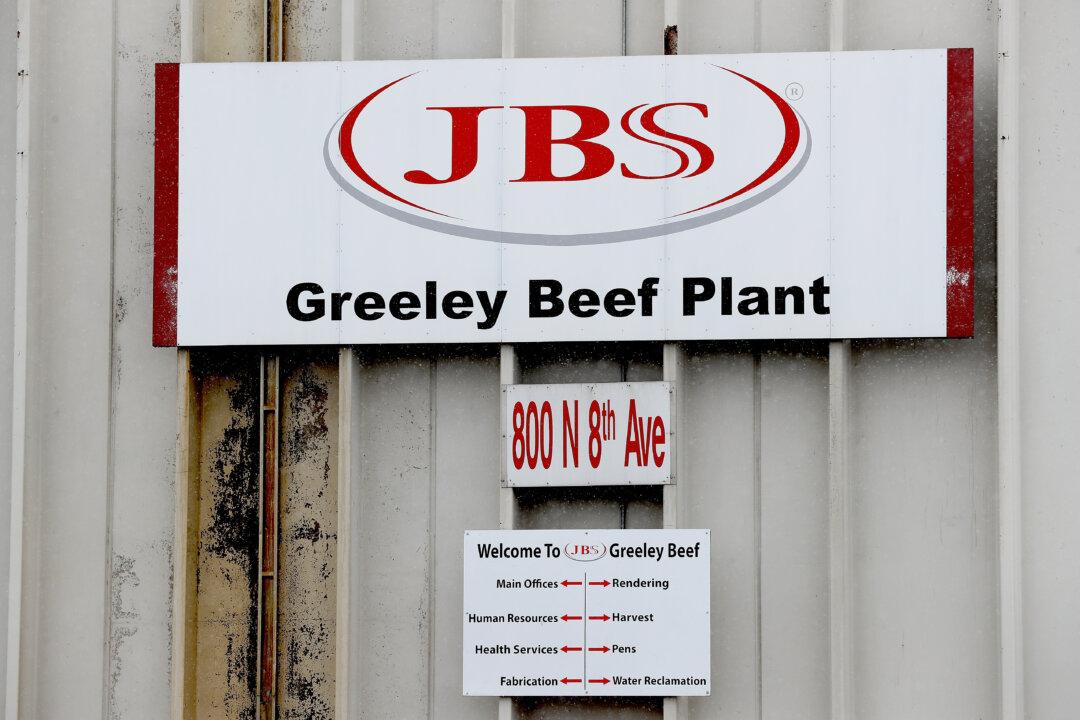A report released Tuesday by Norwegian energy consultants Rystad Energy indicates that new horizontal drilling permits across the United States dipped to a 10-year low in July, with the sector unlikely to recover this year.
In addition, Rystad’s analysis of the top 50 oilfield service (OFS) firms shows staff levels in the sector also fell to their lowest level in 10 years as activities continue to decrease and companies strive to maintain their levels of revenue per employee. The CCP (Chinese Communist Party) virus has decimated demand for petrochemical products in 2020, hitting smaller fracking companies and oilfield service providers particularly hard.





